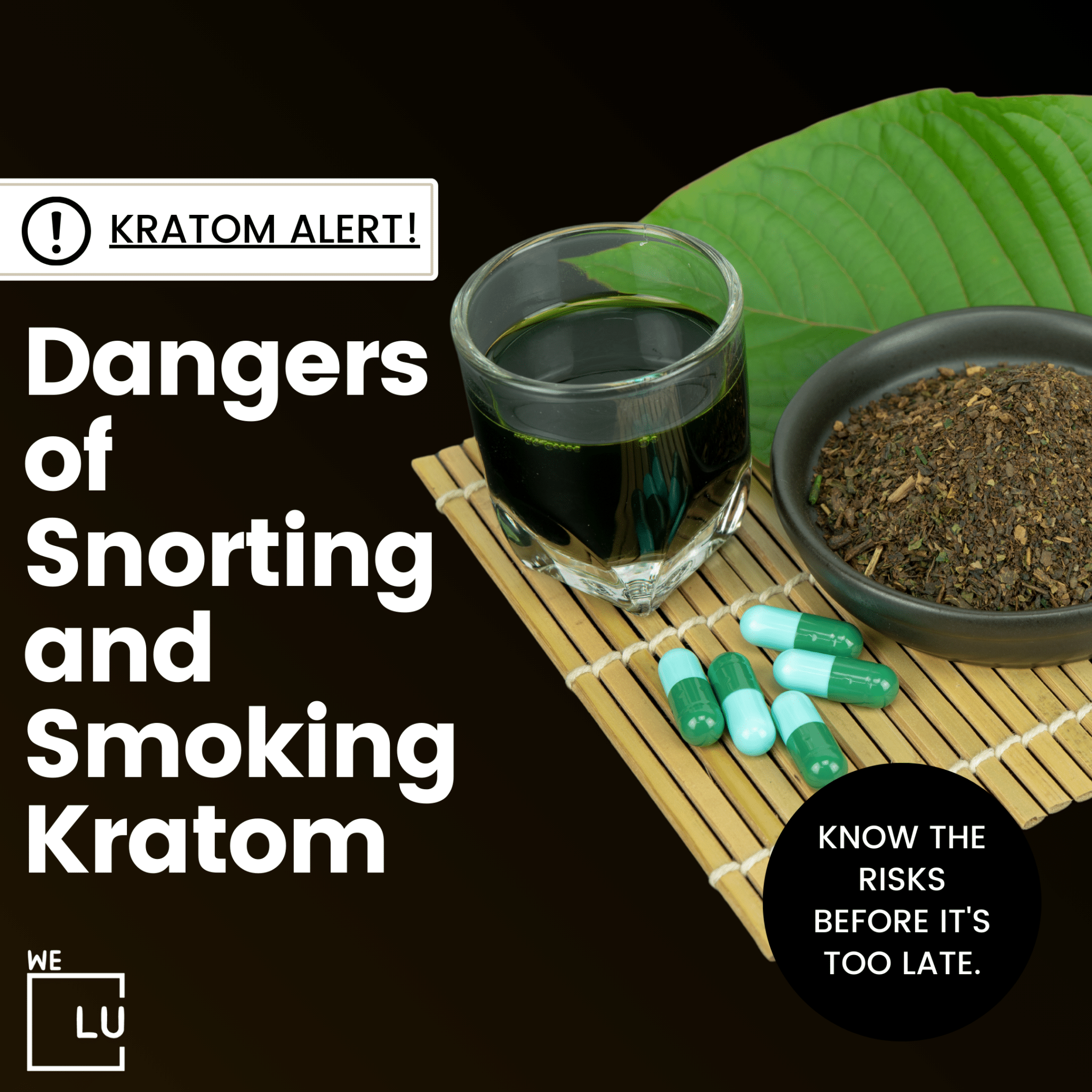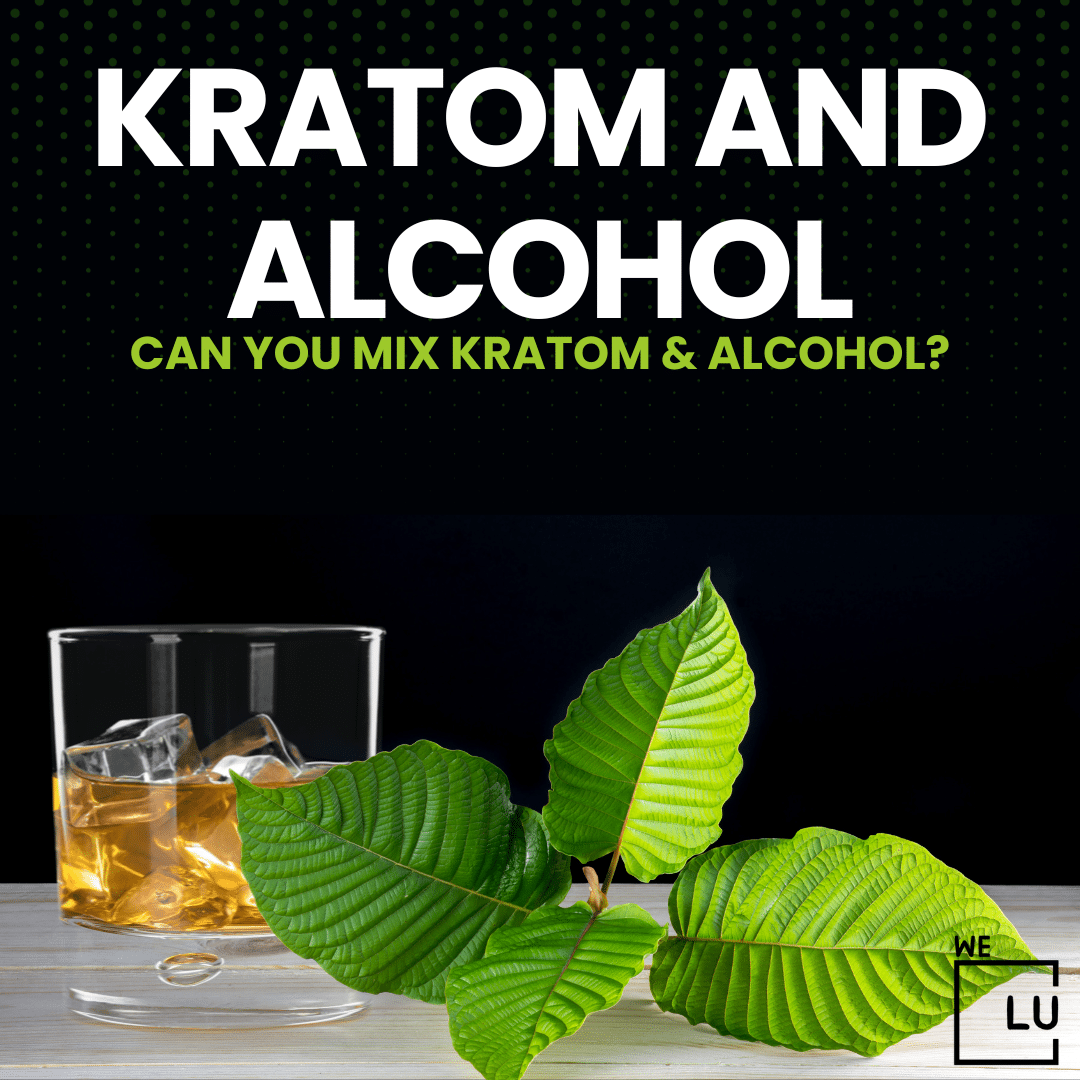Pink meth, or methamphetamine with a distinctive pink hue, has gained attention for its unique appearance in the illicit drug market. The pink coloration is not inherent to methamphetamine but is often the result of additives or impurities introduced during the manufacturing process. This unconventional deviation in color has raised questions and concerns about potential alterations to the drug’s composition. However, the color alone does not determine the substance’s purity or safety. Read on to learn more about Pink Meth and Strawberry Quick Meth episodes in the mid-2000s.
Are you or someone you love struggling with Pink Meth or other substance abuse? The We Level Up Addiction Centers offer support, withdrawal, rehab, and dual-diagnosis mental health treatment programs. Get a no-obligation assessment by calling our helpline 24/7.
What Is Meth?
Meth, short for methamphetamine, is a powerful and highly addictive central nervous system stimulant. It is a synthetic drug that belongs to the amphetamine class, and it has stimulant effects on the brain and body. Methamphetamine is chemically similar to amphetamine, a drug that is used to treat attention deficit hyperactivity disorder (ADHD) and narcolepsy.
Methamphetamine typically comes in the form of a white, odorless, crystalline powder or crystalline chunks known as “crystal meth.” It can be ingested orally, snorted, smoked, or injected. The drug is illicitly manufactured and sold on the streets, and it goes by various street names, including “meth,” “crystal,” “ice,” and “glass.”
What Is Pink Meth?
The term “pink meth” has been used colloquially to refer to methamphetamine that has been altered in some way, often through the addition of coloring agents. The specific reasons for adding color can vary, and illicit manufacturers or distributors usually do it for marketing purposes or to distinguish their products from others.
Regardless of its color, methamphetamine poses significant health risks and is associated with a range of physical and mental health problems, as well as addiction. The use of methamphetamine can lead to severe consequences for individuals’ health and well-being, and it is illegal in many places.
How Can Meth Be Pink?
Methamphetamine can be pink. The color is not a natural characteristic of methamphetamine but is often the result of additives or impurities introduced during the illicit manufacturing process. Pink methamphetamine is typically created by incorporating coloring agents or chemicals into the production process. The specific reasons for adding color can vary, including marketing, branding, or attempts to distinguish one batch from another.
How Is Pink Meth Made?
The pink color in “pink meth” is not a result of the intrinsic properties of methamphetamine itself but is typically due to the addition of colorants during the illicit manufacturing process. The reasons for adding color can vary, and they are often associated with marketing strategies, product differentiation, or attempts to create a unique appearance for the substance.
For example:
- The manufacturing process of pink meth often begins with the over-the-counter drug Sudafed, which is colored red. Consequently, the red dye from Sudafed can occasionally impart a pink hue to the meth.
- Another factor leading to pink meth can be the use of anhydrous ammonia treated with GloTell during the manufacturing process. GloTell is a chemical marker intended to deter theft, so the presence of pink meth may suggest that the ingredients were unlawfully obtained.
- Alternatively, the incorporation of red coloring agents can also result in the production of pink meth.
Due to the various reasons for the pink coloration of meth, it remains unclear whether the pink hue has any impact on the drug’s safety for consumption.
Is Pink Meth Stronger Than Normal Meth?
The color of methamphetamine, including whether it is pink, does not inherently indicate its strength or potency. The color is typically a result of additives or impurities introduced during the illicit manufacturing process and is not directly linked to the drug’s chemical composition or strength.
The strength or potency of methamphetamine is determined by its chemical composition and purity. Factors such as the synthesis method, the quality of starting materials, and the proficiency of the manufacturing process can influence the final product’s potency. However, these factors are unrelated to the color of the substance.
Methamphetamine is already a potent and highly addictive central nervous system stimulant with significant health risks. The illegal production, distribution, and use of methamphetamine are associated with severe legal and health consequences. If you have concerns about substance abuse or encounter any suspicious substances, seek help from healthcare professionals or addiction specialists.

Skip To:
Learn More:
- Fake Meth. What Is It And How To Identify It?
- What Does Meth Look Like? What Does Crystal Meth Look Like? Pictures of Meth.
- What Does Meth Taste Like? Identifying Meth by Taste
- What Is P2P Meth? Risks, Effects, & Why You Should Avoid It
- Meth Head, Symptoms, Warning Signs, Dangers, Side Effects & Meth Addiction Treatments
- Long, Short, and Immediate Methamphetamine Effects
- Methamphetamine Detox, 3 Phases of Withdrawal & Treatment
- What Are Meth Eyes, Meth Pupils? What Does Meth Do To Your Eyes?

Get Your Life Back
Find Hope & Recovery. Get Safe Comfortable Detox, Addiction Rehab & Dual Diagnosis High-Quality Care.
Hotline (855) 695-1160
What Is Strawberry Quik Meth?
Strawberry Quik Meth is a term used to describe a type of methamphetamine that has a pink color and a strawberry flavor. It is associated with a drug scare that happened in 2007.
Allegedly, drug dealers used coloring and flavoring to disguise methamphetamine as Strawberry Quik and other types of candy, thus making them more appealing to children.
While colored crystal meth does exist, numerous media sources and experts assert that there is no proof of drug dealers actively targeting young children to distribute meth. From the dealer’s standpoint, it doesn’t align with their interests, as they typically seek individuals capable of sustaining a consistent income, which does not include children. Moreover, if a child were to consume meth even once unintentionally, they would likely face harm and would be unlikely to seek more.
Get Help. Get Better. Get Your Life Back.
Searching for an Accredited Drug and Alcohol Rehab Centers in Near You?
Even if you have failed previously and relapsed, or are in the middle of a difficult crisis, we stand ready to support you. Our trusted behavioral health specialists will not give up on you. When you feel ready or just want someone to speak to about therapy alternatives to change your life call us. Even if we cannot assist you, we will lead you to wherever you can get support. There is no obligation. Call our hotline today.
FREE Addiction Hotline – Call 24/7What Are The Dangers Of Pink Meth?
The dangers of “pink meth” are primarily associated with methamphetamine itself rather than the specific coloration. Methamphetamine is a powerful and highly addictive central nervous system stimulant, and its use poses numerous health risks.
- Addiction: Methamphetamine is highly addictive, and repeated use can lead to the development of dependence and addiction.
- Physical Health Risks: Prolonged use of methamphetamine can lead to severe physical health issues, including cardiovascular problems, dental complications (often referred to as “meth mouth”), skin sores, and weight loss.
- Mental Health Issues: Chronic use of methamphetamine can contribute to mental health problems such as anxiety, paranoia, hallucinations, and violent behavior.
- Cognitive Impairment: Methamphetamine use can lead to cognitive deficits, affecting memory, attention, and decision-making abilities.
- Social and Behavioral Consequences: Individuals using methamphetamine may experience disruptions in personal relationships, employment, and overall functioning, leading to social isolation and legal issues.
- Overdose: Methamphetamine overdose is a serious risk and can result in life-threatening complications, including heart attack, stroke, and organ failure.
- Contaminants and Adulterants: Illicitly manufactured methamphetamine may contain impurities or harmful substances introduced during the production process, posing additional health risks.

The color of methamphetamine, whether it’s pink or another hue, does not provide any information about its purity, potency, or safety. If you have concerns about substance abuse or encounter any suspicious substances, seeking help from healthcare professionals, addiction specialists, or law enforcement is crucial for addressing potential risks and ensuring your safety.
Comfortable Facilities & Amenities
High-Quality Addiction & Mental Health Rehabilitation Treatment
Rehab Centers TourRenowned California Addiction Center. Serene Private Facilities. Inpatient rehab programs vary.
Addiction Helpline (855) 695-1160Proven recovery success experience, backed by a Team w/ History of:
15+
Years of Unified Experience
100s
5-Star Reviews Across Our Centers
10K
Recovery Success Stories Across Our Network
- Low Patient to Therapist Ratio
- Onsite Medical Detox Center
- Comprehensive Dual-Diagnosis Treatment
- Complimentary Family & Alumni Programs
- Coaching, Recovery & Personal Development Events

Side Effects Of Pink Meth
Methamphetamine use can result in a wide range of side effects, both short-term and long-term. The severity of these effects can vary depending on factors such as the dosage, frequency of use, and individual differences.
Methamphetamine use can have severe and potentially life-threatening consequences. If you or someone you know is struggling with methamphetamine use, seeking help from healthcare professionals, addiction specialists, or support groups is essential for addressing these issues and promoting recovery.
Short-Term Pink Meth Side Effects
- Elevated Heart Rate: Methamphetamine is a stimulant that can increase heart rate and blood pressure, leading to potential cardiovascular issues.
- Increased Energy and Alertness: Users may experience heightened energy levels, increased alertness, and a sense of euphoria.
- Decreased Appetite: Methamphetamine can suppress appetite, leading to rapid weight loss.
- Insomnia: Difficulty sleeping or staying asleep is a common side effect.
- Hyperactivity: Users may exhibit hyperactive behavior, restlessness, and an inability to sit still.
- Dilated Pupils: Methamphetamine use can result in dilated pupils (enlarged pupils).
- Dry Mouth: The drug may cause dry mouth and a feeling of thirst.
- Increased Body Temperature: Users might experience increased body temperature, which can lead to hyperthermia.
- Jaw Clenching and Teeth Grinding: These physical behaviors are common side effects.
- Nausea and Vomiting: Some individuals may experience nausea and vomiting.
Long-Term Pink Meth Side Effects
- Addiction: Continued use of methamphetamine can lead to addiction, characterized by a compulsive need to seek and use the drug.
- Cognitive Impairment: Long-term use may result in memory loss, attention deficits, and impaired decision-making.
- Psychiatric Symptoms: Users may experience anxiety, paranoia, hallucinations, and violent behavior.
- Dental Issues: Chronic methamphetamine use is associated with severe dental problems, often referred to as “meth mouth.”
- Skin Problems: Users may develop skin sores and experience changes in skin texture.
- Weight Loss: Persistent appetite suppression can lead to significant weight loss and malnutrition.
- Cardiovascular Issues: Long-term use can contribute to cardiovascular problems, including hypertension and an increased risk of heart attack.
- Social and Occupational Dysfunction: Methamphetamine abuse can lead to disruptions in personal relationships, employment, and overall functioning.
- Increased Risk of Infectious Diseases: Sharing needles or engaging in risky behaviors associated with methamphetamine use can increase the risk of infectious diseases such as HIV and hepatitis.
- Organ Damage: Prolonged use may damage various organs, including the liver and kidneys.
World-class, Accredited, 5-Star Reviewed, Effective Addiction & Mental Health Programs. Complete Behavioral Health Inpatient Rehab, Detox plus Co-occuring Disorders Therapy.
CALL (855) 695-1160End the Addiction Pain. End the Emotional Rollercoaster. Get Your Life Back. Start Drug, Alcohol & Dual Diagnosis Mental Health Treatment Now. Get Free No-obligation Guidance by Substance Abuse Specialists Who Understand Addiction & Mental Health Recovery & Know How to Help.
Pink Methamphetamine Addiction
Methamphetamine addiction is a serious and complex issue with profound consequences for individuals, families, and communities. As a highly potent central nervous system stimulant, methamphetamine has the potential to lead to addiction rapidly, and overcoming this addiction often requires comprehensive and long-term treatment. This article explores various aspects of methamphetamine addiction, including its effects on the brain, risk factors, signs of addiction, and treatment approaches.
Pink Meth Effects on the Brain
Repeated use of methamphetamine can lead to changes in the brain’s structure and function, particularly in areas associated with decision-making, impulse control, and memory. The drug’s impact on the dopamine system reinforces the compulsive use of meth, making it difficult for individuals to control their drug-seeking behaviors.
Risk Factors for Pink Methamphetamine Addiction
Several factors increase the risk of developing a methamphetamine addiction:
- Biological Factors: Genetic predispositions and individual variations in brain chemistry may influence susceptibility to addiction.
- Environmental Factors: Exposure to a drug-using environment, high stress levels, and a lack of positive support systems can contribute to the development of addiction.
- Mental Health: Co-occurring mental health disorders, such as depression or anxiety, may increase vulnerability to addiction.
- Early Exposure: Initiation of methamphetamine use at an early age can elevate the risk of addiction.
Signs of Pink Methamphetamine Addiction
Recognizing the signs of methamphetamine addiction is crucial for early intervention. Common signs include:
- Increased Tolerance: Individuals may require higher doses to achieve the desired effects over time.
- Compulsive Drug Seeking: A strong and persistent desire to use methamphetamine, despite harmful consequences.
- Neglect of Responsibilities: Prioritizing drug use over personal, social, and occupational responsibilities.
- Withdrawal Symptoms: Experiencing physical and psychological symptoms when not using meth, such as fatigue, irritability, and intense cravings.
- Changes in Appearance: Methamphetamine use can lead to weight loss, dental problems, and changes in skin complexion.
- Social Isolation: Withdrawal from friends, family, and social activities in favor of drug use.
The Cycle of Addiction
Methamphetamine addiction often follows a cycle characterized by the binge-and-crash pattern. Users engage in binges, consuming large quantities of the drug over a short period, followed by a period of intense fatigue, depression, and increased drug cravings.
Pink Meth Addiction Treatment Approaches
Addressing methamphetamine addiction requires a comprehensive and individualized treatment approach. Key components include:
- Detoxification: Medically supervised detox can help manage withdrawal symptoms safely. However, detox alone is insufficient for long-term recovery.
- Behavioral Therapies: Cognitive-behavioral therapy (CBT) and contingency management are effective in addressing the psychological aspects of addiction, helping individuals develop coping strategies, and modifying harmful behaviors.
- Support Groups: Group therapy and support groups provide a sense of community and understanding, reducing feelings of isolation.
- Medication-Assisted Treatment (MAT): While there is no FDA-approved medication specifically for methamphetamine addiction, research is ongoing. MAT may involve medications targeting co-occurring mental health disorders or symptoms.
- Family Involvement: Involving family members in the treatment process can enhance support and address family dynamics contributing to addiction.
- Holistic Approaches: Integrating holistic approaches such as mindfulness, yoga, and art therapy can contribute to overall well-being.
Challenges in Recovery
Methamphetamine addiction recovery can be challenging due to the drug’s impact on the brain and the pervasive lifestyle changes often associated with addiction. Relapse is a common concern, emphasizing the importance of ongoing support and relapse prevention strategies.
Methamphetamine addiction is a complex and multifaceted issue that requires a comprehensive and compassionate approach to treatment. Recognizing the signs of addiction, understanding its impact on the brain, and accessing appropriate interventions are crucial steps in addressing this pervasive problem. With effective treatment, support, and a commitment to recovery, individuals struggling with methamphetamine addiction can work towards rebuilding their lives and achieving lasting sobriety.
Experience Transformative Recovery at the We Level Up California Treatment Center.
See our authentic success stories. Get inspired. Get the help you deserve.



Start a New Life
Begin with a free call to an addiction & behavioral health treatment advisor. Learn more about our dual-diagnosis programs. The We Level Up treatment center network delivers recovery programs that vary by each treatment facility. Call to learn more.
- Personalized Care
- Caring Accountable Staff
- World-class Amenities
- Licensed & Accredited
- Renowned w/ 100s 5-Star Reviews
We’ll Call You
Watch the “Homeless Shooting Herion Smoking Pink Meth & Fentanyl. In & out of Drug Rehab 6 Years, Out of Jail 8.” Video
Search We Level Up CA Pink Meth, Drug & Alcohol Rehab / Detox & Mental Health Topics & Resources
Sources
- Strathdee SA, Case P, Lozada R, Mantsios AR, Alvelais J, Pu M, Brouwer KC, Miller CL, Patterson TL. The color of meth: is it related to adverse health outcomes? An exploratory study in Tijuana, Mexico. Am J Addict. 2008 Mar-Apr;17(2):111-5. doi: 10.1080/10550490701862944. PMID: 18393053; PMCID: PMC3176304. Read More: Pink Meth, Pink Crystal Meth, What Is Pink Meth, Can Meth Be Pink,
- What treatments are effective for people who misuse methamphetamine? | National Institute on Drug Abuse (NIDA) (nih.gov) – https://nida.nih.gov/publications/research-reports/methamphetamine/what-treatments-are-effective-people-who-misuse-methamphetamine
- Patterns and Characteristics of Methamphetamine Use Among Adults — United States, 2015–2018 | MMWR (cdc.gov) – https://www.cdc.gov/mmwr/volumes/69/wr/mm6912a1.htm
- Know the Risks of Meth | SAMHSA – https://www.samhsa.gov/meth
- Neurologic manifestations of chronic methamphetamine abuse – PMC (nih.gov) – Rusyniak DE. Neurologic manifestations of chronic methamphetamine abuse. Neurol Clin. 2011 Aug;29(3):641-55. doi: 10.1016/j.ncl.2011.05.004. Epub 2011 Jun 24. PMID: 21803215; PMCID: PMC3148451.
- Drug Fact Sheet: Methamphetamine (dea.gov) – https://www.dea.gov/sites/default/files/2020-06/Methamphetamine-2020_0.pdf
- How Long Does Meth Stay In Your System? – 7 Stages & Effects (welevelup.com) – https://welevelup.com/addiction/how-long-does-meth-stay-in-your-system/
- Methamphetamine DrugFacts | National Institute on Drug Abuse (NIDA) (nih.gov) – https://nida.nih.gov/publications/drugfacts/methamphetamine
- Methamphetamine Research Report: Overview | NIDA (nih.gov) – https://nida.nih.gov/publications/research-reports/methamphetamine/overview
- Meth Overdose Deaths Surge | NIH Record – https://nihrecord.nih.gov/2021/10/29/meth-overdose-deaths-surge
- Trends in U.S. methamphetamine use and associated deaths | National Institutes of Health (NIH) – https://www.nih.gov/news-events/nih-research-matters/trends-us-methamphetamine-use-associated-deaths Read More: Pink Meth, Pink Crystal Meth




